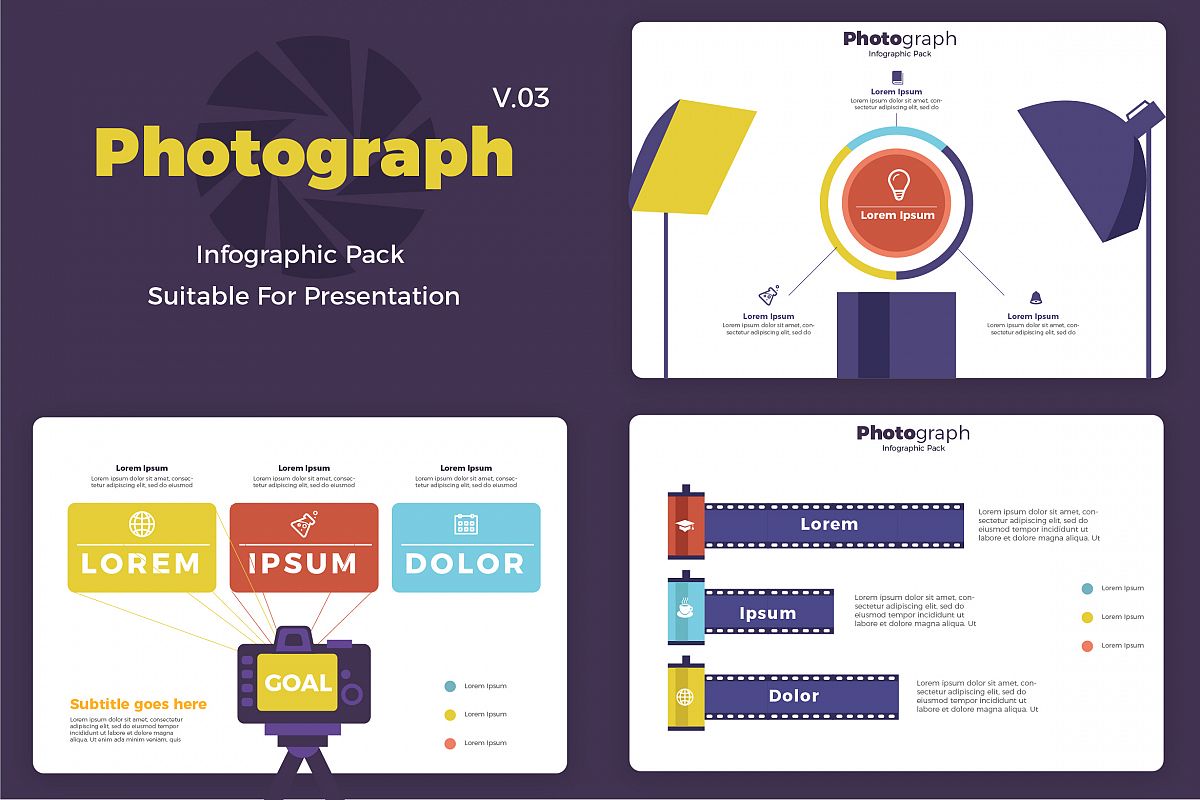What Every Professional Photographer Must Find Out About Lighting
What Every Professional Photographer Must Find Out About Lighting
Blog Article
Published By-Beck Riddle
As a photographer, you know that lighting can make or break your images. Recognizing the subtleties of both all-natural and fabricated light is necessary for catching the state of mind and quality you go for in your job. Whether you're going after the perfect golden hour glow or fine-tuning your fabricated configurations, mastering these elements can raise your digital photography considerably. However there prevail mistakes that many ignore, and acknowledging them can transform your approach to every shoot. Allow's explore what you may be missing and just how it can impact your outcomes.
Understanding Natural Light
Recognizing natural light is critical for any kind of professional photographer looking to boost their work. It's the structure of wonderful photography, affecting mood, tone, and clarity. When you fire outdoors, focus on the time of day. The golden hour-- shortly after daybreak and before sundown-- offers soft, cozy light that can change common scenes into stunning pictures.
Do not take https://www.forbes.com/sites/paulmonckton/2020/03/11/samsung-galaxy-s20-cameras-s20-vs-s20-vs-s20-ultra-whats-the-difference-which-is-best/ of overcast days. Cloud cover diffuses sunlight, creating a soft, even light that's perfect for portraits and macro digital photography. You'll discover colors appear this type of lighting without rough shadows.
Positioning matters, also. Constantly consider your subject's alignment to the light. If the sunlight's behind your subject, you might wind up with a shape, which can be remarkable however mightn't be what you want. Alternatively, straight sunshine can develop uncomplimentary darkness.
Explore angles; occasionally, changing your perspective can generate incredible outcomes. Use all-natural reflectors, like water or sand, to jump light onto your topic, including dimension.
Learning Artificial Light
Grasping synthetic light is vital for photographers that wish to take their abilities to the next degree. Whether you're utilizing speedlights, studio strobes, or continual lights, comprehending just how to manipulate these sources can drastically enhance your images.
Begin by acquainting yourself with the fundamentals of light quality, instructions, and shade temperature. Explore just click the up coming page like softboxes, umbrellas, or grids to regulate the softness or harshness of the light.
You'll locate that soft light typically develops flattering outcomes, while harsher light can add drama and depth. Don't shy away from shadows; they can improve the three-dimensionality of your topics.
Pay very close attention to the placement of your lights. A light positioned also near your topic can create unflattering results, while also far can lead to a lack of detail. Use a light meter or your electronic camera's pie chart to ensure you're revealing appropriately.
Lastly, remember that man-made light can be blended with ambient light for creative impacts. Balancing these resources could take practice, once you understand it, your digital photography will truly beam.
Methods for Various Scenarios
When you step into various shooting situations, adapting your illumination methods is critical for catching the very best pictures. For outdoor pictures, make use of the golden hour-- early morning or late afternoon light-- to soften shadows and boost complexion.
If it's a severe midday sun, take into consideration utilizing a reflector to jump light back onto your topic or look for shaded areas for an extra also direct exposure.
In low-light situations, like indoor occasions, raise your ISO and utilize a wide aperture to allow in even more light. A tripod can assist get rid of cam shake, permitting longer exposures without obscuring.
If you're contending evening, experiment with off-camera flash to develop vibrant lighting and deepness in your photos.
For product photography, utilize diffused illumination to stay clear of rough representations. Softboxes or light camping tents can aid achieve this effect.
When photographing landscapes, consider the instructions of light and time of day, as it can considerably change the mood of your shot.
Always prepare to change your setups and positioning based upon the situation, as adaptability is key to grasping lights in digital photography.
https://blogfreely.net/armida8saul/typical-errors-new-photographers-make-and-how-to-prevent-them
In conclusion, grasping illumination is crucial to boosting your digital photography skills. Accept all-natural light's elegance during gold hour, and don't shy away from trying out man-made light strategies. By adjusting your strategy to various scenarios, you'll catch stunning pictures that resonate with emotion and quality. Keep in mind, the right lighting can transform a common shot into something extraordinary, so keep practicing and refining your understanding of both all-natural and fabricated light. Delighted capturing!
